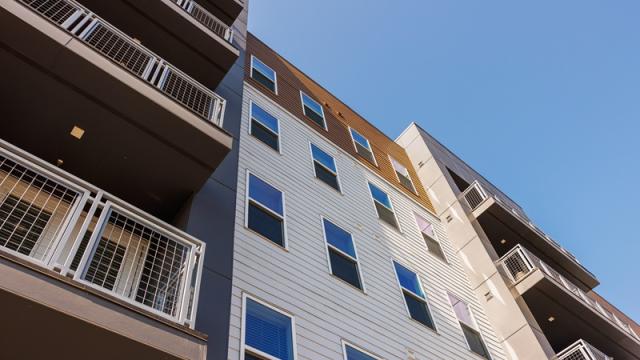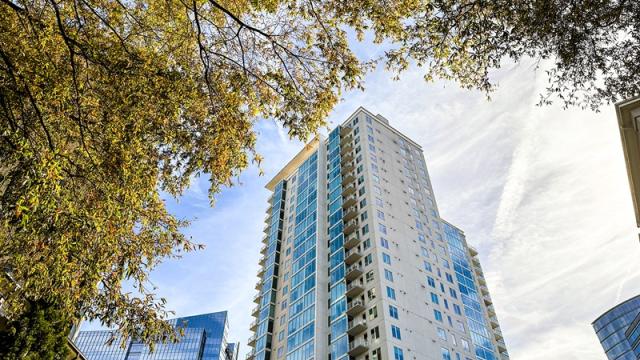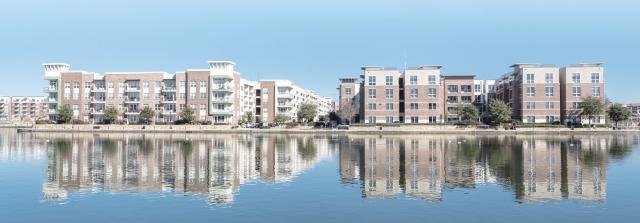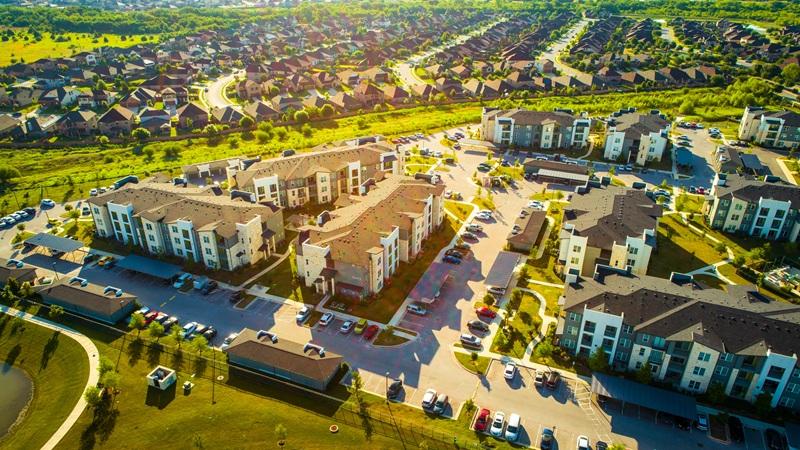
Following the pandemic-era boom in renter demand, Texas has mirrored the trends shaping Sun Belt markets. An active construction pipeline has expanded new supply, overwhelming demand, adding hundreds of thousands of new multifamily units. This has driven down asking rents and pushed vacancy rates into double digits.
But what does the situation look like across the Lone Star State’s varied multifamily markets? Let’s dive into the latest CoStar data from the second quarter.
1. Oversupplied Austin continues to lag behind all major markets
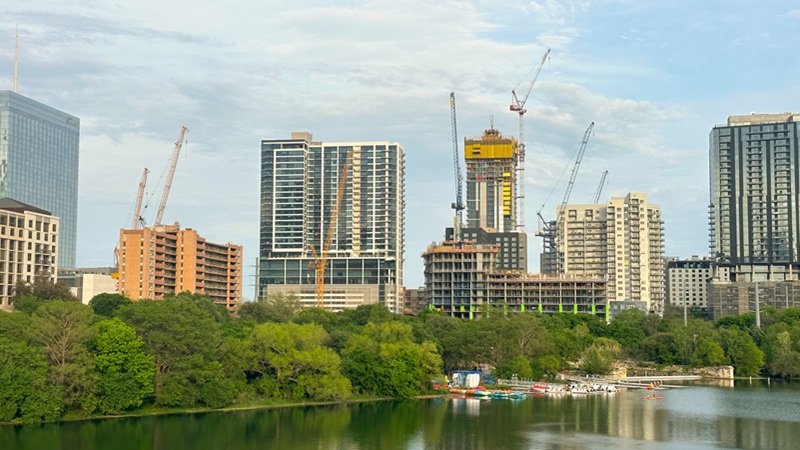
In recent years, the multifamily industry has struggled to make rent gains, thanks to an onslaught of new supply, met by insufficient demand. But one market has been hit harder than all the rest. Austin has consistently trailed the nation for rent growth. Rents in the Texas capital and its surrounding suburbs have been declining year over year at a rate higher than anywhere else in the country.
As of the second quarter, asking rents in Austin declined by 4.3 percent year over year. Rent growth has remained in negative territory since mid-2023, and rents have fallen by over 4 percent for six consecutive quarters.
Between 2021 and 2023, multifamily development in the Austin market swelled. The average number of units under construction increased by over three and a half times the pre-pandemic average. And for a relatively small market like Austin, this dramatic increase in volume made a major impact. During the first quarter of 2023, Austin had nearly 54,000 multifamily units under construction. That was a whopping 20 percent of its total inventory at the time.
Even though the construction pipeline has since slowed — only 17,600 units were under construction as of the second quarter — Austin’s multifamily market is still struggling to absorb the excess inventory. Rent growth is expected to remain in negative territory throughout the rest of the year and into early 2026.
2. San Antonio continues to struggle with excess supply, despite growing population
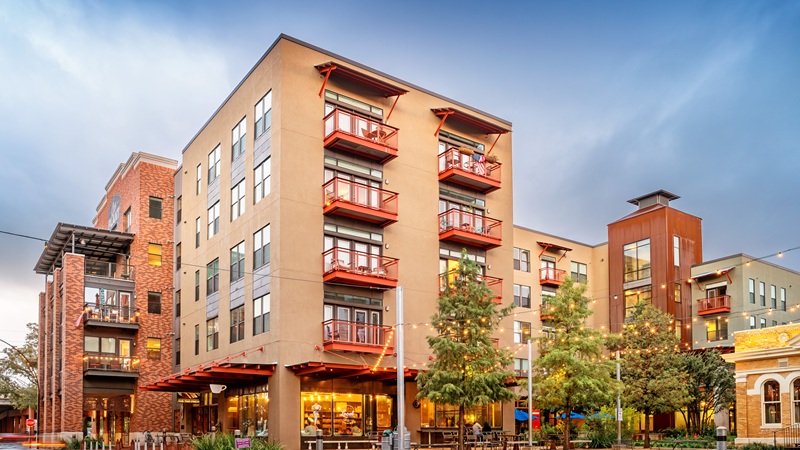
Much like nearby Austin, San Antonio’s multifamily market is facing a serious gap between supply and demand. Home to a population of nearly 3 million, the San Antonio area has seen rapid growth in recent years, as renters flocked to the Sun Belt during and following the pandemic, and the Central Texas region emerged as a top destination for in-migration.
Although its rate of growth has slowed somewhat, San Antonio continues to attract a significant influx of new residents. In 2024, the San Antonio metropolitan statistical area ranked as the eighth fastest-growing in the nation, according to the U.S. Census Bureau.
Developers in San Antonio have rushed to meet the rising demand, and construction peaked in 2023 with over 18,000 units under construction. Since then, the supply pipeline has cooled, falling below its pre-pandemic average.
However, the market still maintains a notable mismatch between supply and demand. Absorption, while positive, has been insufficient to soak up the oversupply of new construction lease-ups. San Antonio’s vacancy rate remains very high at 14.3 percent in the second quarter — the third highest vacancy rate of all major markets nationwide, after Austin and Memphis.
3. Several small markets are outperforming the nation for rent growth
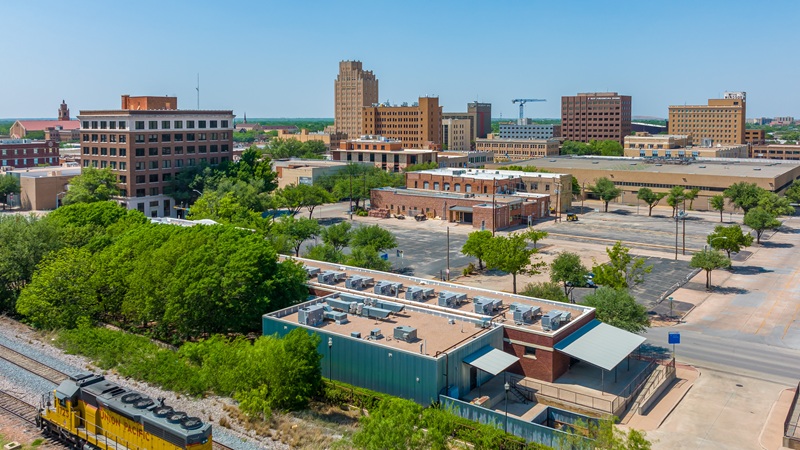
While asking rents are in decline across all major Texas markets, some smaller markets have seen significant year-over-year growth. The Central Texas market of Abilene is seeing rent growth of 7.8 percent — over eight times the national average — while Beaumont and Texarkana are both above 4 percent.
In fact, 13 of Texas’s 25 multifamily markets are currently outperforming the national average of 0.9 percent rent growth. All of these markets have inventories under 20,000 units.
Texas multifamily market | Year-over-year market asking rent growth |
|---|---|
Abilene | 8.1% |
Texarkana | 4.6% |
Beaumont | 4.4% |
Victoria | 3.8% |
Tyler | 3.2% |
Amarillo | 3.2% |
Midland | 3.1% |
Longview | 2.8% |
Odessa | 2.8% |
Brownsville-Harlingen | 2.6% |
San Angelo | 2.5% |
College Station-Bryan | 2.3% |
Wichita Falls | 1.8% |
4. Dallas-Fort Worth is home to more construction than nearly any market in the country
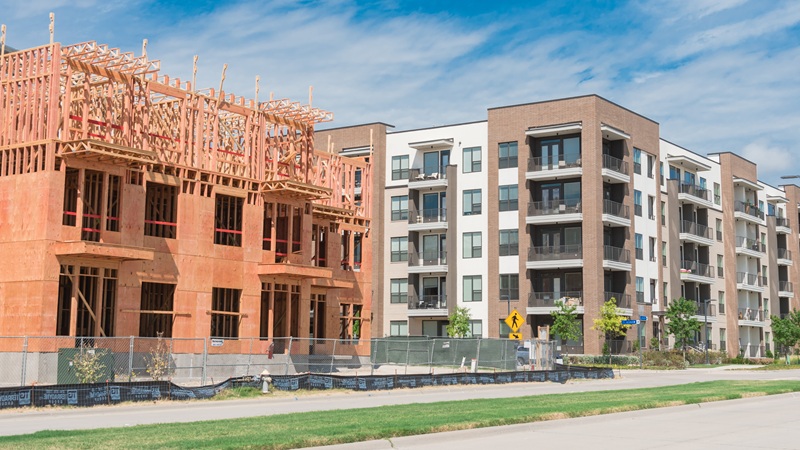
Everything’s bigger in Texas — even the multifamily development pipeline.
In the Dallas-Fort Worth multifamily market, the third largest in the country based on inventory, construction is still active. As of the second quarter, this market has over 27,000 multifamily units under construction. That’s the largest total of any multifamily market outside of New York City.
Given the sheer size of the Dallas-Fort Worth market, the units under construction have made less of a dent than they would in nearly any other market. In the second quarter, the construction pipeline made up only 3 percent of the market’s total inventory, in line with the national average of 2.9 percent.
This represents a dramatic pullback from only a year ago, when nearly 50,000 units were under construction. The rate of construction starts has plummeted, and the current number of units under construction is the lowest the DFW metroplex has seen since 2015. The pipeline is on track to shrink further.
This slowdown will allow the market to absorb excess supply. Elevated deliveries in recent years have contributed to weak rent growth. Asking rents in the DFW market declined by 1.1 percent year over year, and the vacancy rate remains high at 11.9 percent.
Webinar: State of the Dallas-Fort Worth multifamily market
To dive deeper into market conditions in Dallas-Fort Worth, join us for an upcoming webinar presented by CoStar’s Bill Kitchens.
The free webinar will explore the key multifamily trends in the Dallas-Fort Worth area, including the supply pipeline, vacancy rates, and rent growth outlook. This live virtual event is happening on Tuesday, August 26 at 11 a.m. Central time.
5. Houston has established itself as the state’s most stable major market
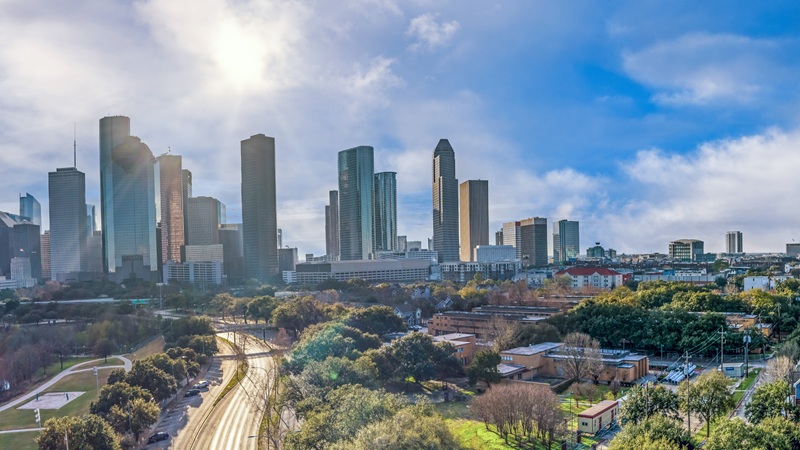
Although rent growth for the Houston multifamily market dipped into negative territory in the second quarter, conditions in the southeastern metro have been stabilizing more quickly than in other major Texas markets, thanks to a more limited construction pipeline.
When other major markets in the state turned negative in 2023 and 2024, Houston consistently maintained modest rent gains.
As of the second quarter, vacancy remains high at above 11 percent, but the Houston market is on track to see its vacancy rate trend downward in the quarters ahead.
The gap between supply and demand has been narrowing in Houston, with near-record levels of absorption. At the same time, the construction pipeline — which peaked in 2023 but never reached the heights of peer markets — has slowed dramatically. Construction starts are at a 15-year low. The 12,000 multifamily units currently under construction mark a sharp decline from over 39,000 units at the same point only two years ago.
6. Sherman-Denison has the highest vacancy rate in the state
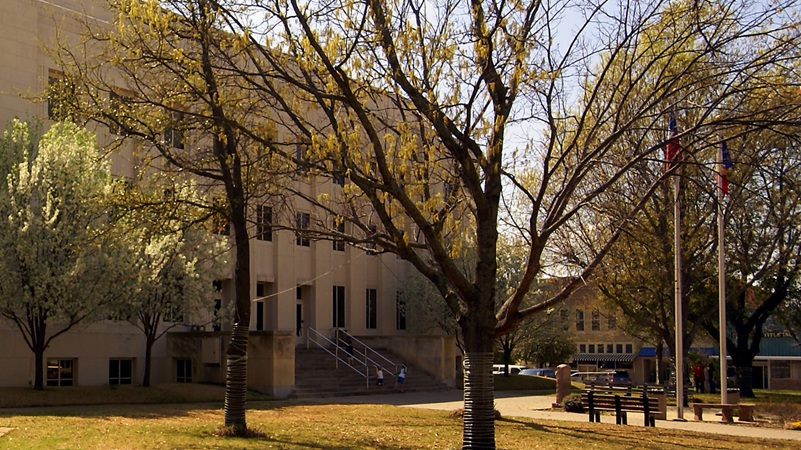
After an influx of new development, the Sherman-Denison market has seen vacancy rates skyrocket above 20 percent. In the second quarter, vacancy was at 22.4 percent — the highest rate across the state and nearly three times the national average.
The Sherman-Denison market, based in Grayson County in North Texas, currently has a multifamily inventory of less than 8,000 units. The construction pipeline peaked in early 2024 with nearly 2,100 units under construction — a massive increase for a market that averaged only 200 units under construction in the pre-pandemic period. In fact, more multifamily units have been permitted in the last few years than in the previous two decades combined.
The Sherman-Denison market is home to major corporate and university employers, including Tyson Foods, Texas Instruments, and Austin College. In recent years, however, the area has established itself as a leader in semiconductor manufacturing, securing investment from both federal and private sources. This has contributed to a rapid rise in multifamily development in anticipation of future job growth and housing demand.
The construction pipeline in Sherman-Denison has slowed to over 500 units under construction in the second quarter. Even though this remains well above the pre-pandemic average, the slowdown may allow rent growth to begin to return to positive territory by next year. The vacancy rate is expected to remain elevated.
7. Texarkana has the state’s lowest rent per square foot

In the northeast corner of the state, the Texarkana metropolitan area sits at the intersection of Texas, Arkansas, and Louisiana. This small multifamily market, which numbers just under 7,300 units of inventory, has the lowest rents in the Lone Star State.
As of the second quarter, asking rents in the Texarkana market average $1.00 per square foot, and the average one-bedroom unit is listed for just above $800.
Only slightly more expensive, at $1.05 and $1.09 per square foot, the markets of Wichita Falls and McAllen came in second and third place, respectively, for lowest rent per square foot.
Which is Texas’s most expensive multifamily market? At $1.80 per square foot, Austin still commands the highest rents in the state, even despite continuing year-over-year declines, with Dallas-Fort Worth in a close second at $1.77 per square foot.
All Texas markets are below the national average of $1.98 per square foot.
8. Rent growth is expected to turn positive by next year in all Texas multifamily markets
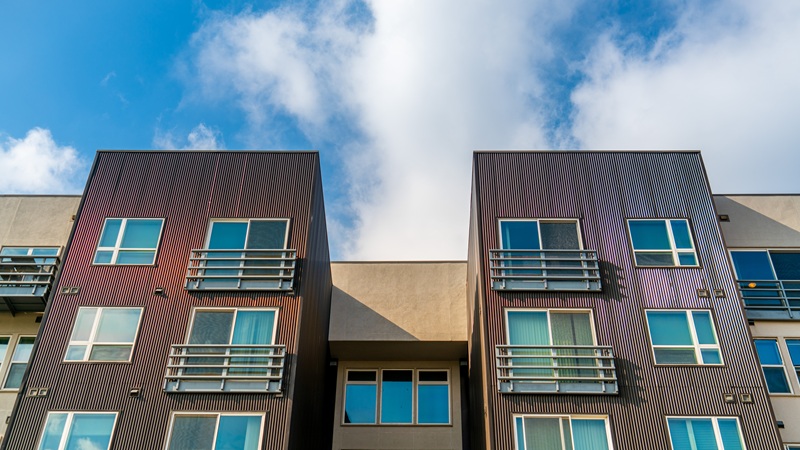
Despite the current market challenges facing apartment owners and operators in Texas, relief is coming. Recent absorption offers positive signs for a narrowing supply–demand gap. Demand in the second quarter was strong, only slightly behind last year’s Q2 performance, one of the strongest on record. At the same time, construction starts are falling across the state.
By late 2026, all Texas multifamily markets are expected to be back in the black with positive rent growth. For some markets, the recovery will come sooner than others. The Houston market, for example, is expected to reach 0.6 percent rent growth by the first quarter of next year, whereas San Antonio and Austin will likely not see positive rent growth until at least the second quarter.
But even as the development pipeline slows, thousands of units remain in lease-up, which could prolong the multifamily recovery. Concession use remains rampant, and lease-up timelines have grown.


